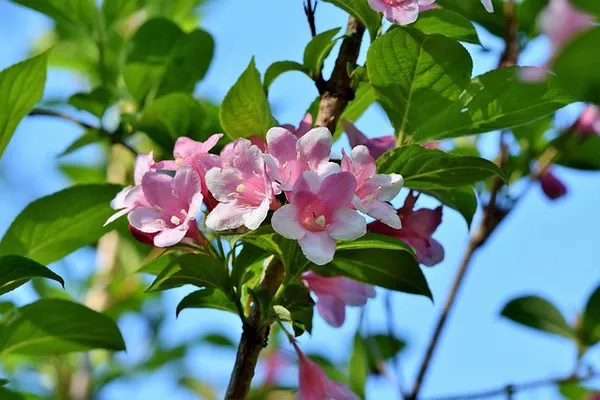A study led by Carolyn Wessinger at the University of South Carolina and published in the open-access journal PLOS Biology has shed light on how distinct flower characteristics in wildflowers, tailored for different pollinators, are maintained at the genetic level.
Plants that rely on animal pollinators, such as insects or birds, have evolved unique suites of flower characteristics, known as “pollination syndromes,” that cater to their specific pollinator. For instance, most plants in the Penstemon genus exhibit wide, blue flowers, providing a landing platform for bees. However, some species within the genus have evolved narrow, red, tube-like flowers adapted for pollination by hummingbirds.
To unravel the genetic basis for these pollination syndromes, researchers sequenced the DNA of 229 plants from three closely related Penstemon species: two bee-pollinated species (P. neomexicanus and P. virgatus) and one hummingbird-pollinated species (P. barbatus).
Surprisingly, the study revealed only a small number of genetic differences that distinguish P. barbatus from its bee-pollinated counterparts, despite the substantial differences in flower characteristics. Overall, plants from the same geographic region exhibited greater genetic similarity than those from distant regions, irrespective of species. This suggests ongoing genetic mixing between wildflowers adapted to different pollinators. However, researchers identified 21 consistent genetic differences between species with distinct pollinators.
These genetic differences are scattered throughout the genome, raising the possibility that the suite of flower traits tailored for specific pollinators could be disrupted by recombination, a process that shuffles maternal and paternal genes during gamete formation, potentially producing less viable hybrids. Notably, three of these genetic differences are located near genomic regions associated with flower color, width, and nectar volume—traits distinctive to various pollination syndromes.
The researchers propose that infrequent hybridization events between neighboring Penstemon species adapted to bee and hummingbird pollinators, coupled with strong selection to maintain specific flower characteristics suitable for each pollinator, could account for these findings.
Dr. Wessinger noted, “Although bee-pollinated and hummingbird-pollinated species can be readily distinguished in the field based on distinct flower traits and overall plant stature, only a limited number of genetic regions differentiate these species at the genetic level.”


